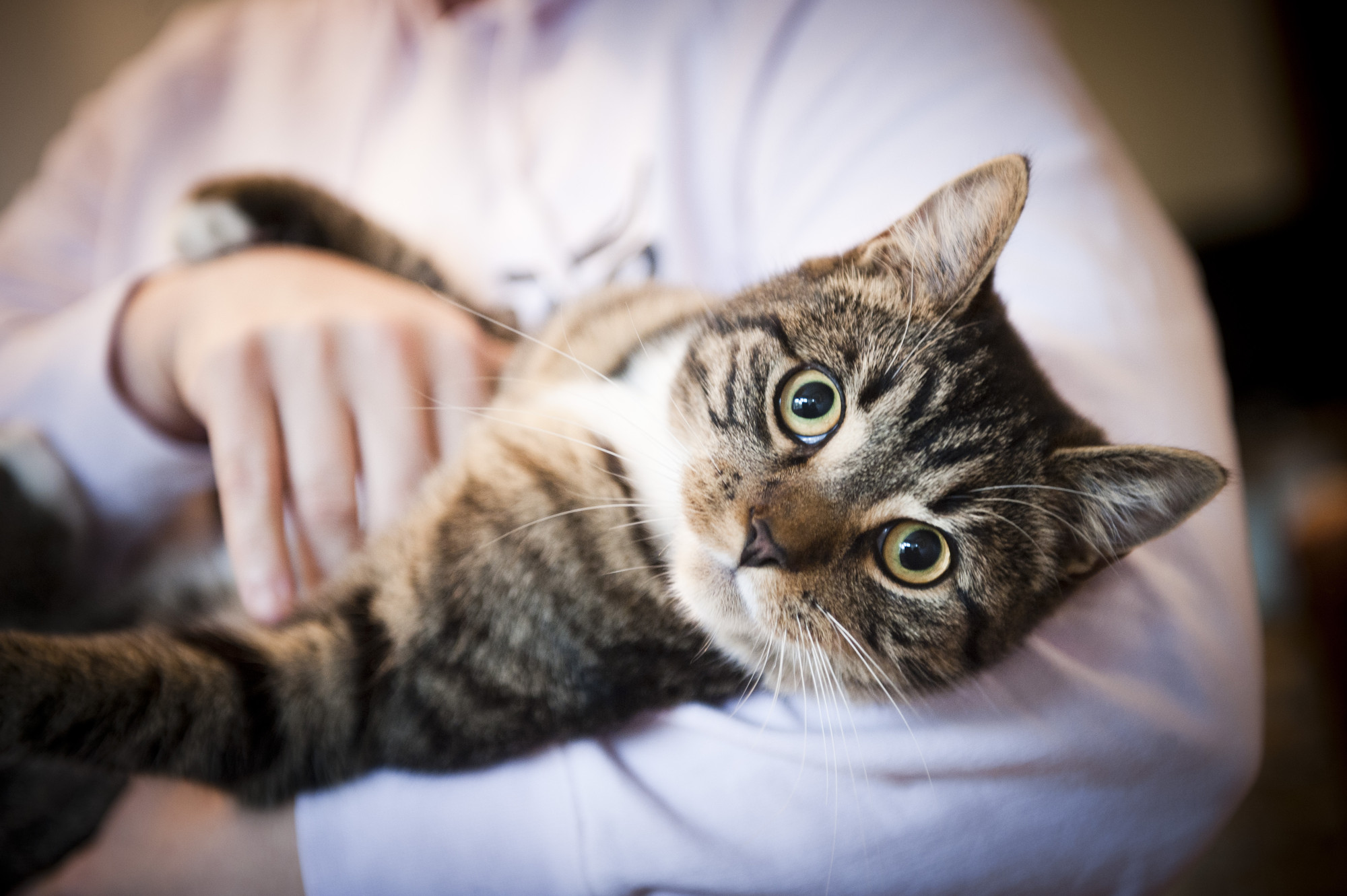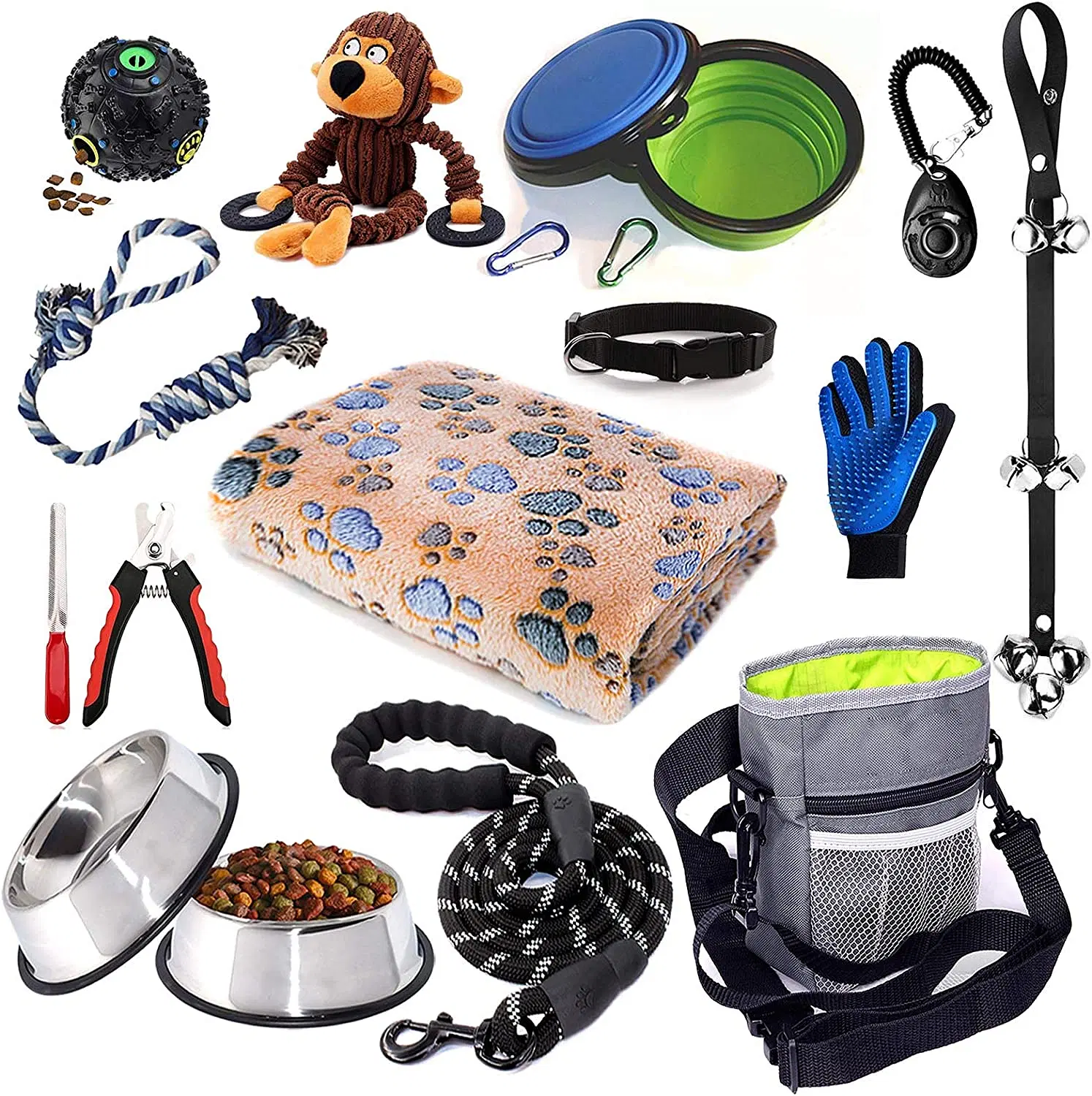Training your pet is an important part of pet ownership. Not only does it help your pet learn good behavior, but it can also strengthen your bond with them. Whether you’re teaching basic obedience, correcting problem behavior, or just teaching fun tricks, training can be a fun and rewarding experience for both you and your pet. In this article, we’ll provide tips for training your pet in obedience, behavior, and tricks.
Obedience Training
Obedience training is one of the most important types of pet training. It teaches your pet basic commands like “sit,” “stay,” and “come,” which can help keep them safe and well-behaved. Here are some tips for obedience training:
- Be consistent. Use the same commands and reward system every time.
- Use positive reinforcement. Reward your pet with treats, praise, or playtime when they follow a command correctly.
- Keep training sessions short and frequent. A few minutes of training each day is better than one long session.
- Be patient. It may take some time for your pet to learn a new command.
Behavior Training
Behavior training is important for correcting problem behavior like barking, biting, and jumping. Here are some tips for behavior training:
- Identify the problem behavior. Observe your pet and figure out what triggers the problem behavior.
- Use positive reinforcement. Reward your pet when they exhibit good behavior.
- Be consistent. Don’t reward bad behavior, and always use the same commands and reward system.
- Redirect your pet’s attention. When your pet exhibits bad behavior, redirect their attention to a positive activity like playing with a toy.
Trick Training
Trick training is a fun way to bond with your pet and challenge their minds. Here are some tips for trick training:
- Start with simple tricks. Teach your pet basic tricks like “shake,” “roll over,” and “play dead” before moving on to more complex tricks.
- Use positive reinforcement. Reward your pet with treats and praise when they perform a trick correctly.
- Be patient. It may take some time for your pet to learn a new trick.
- Use a clicker. A clicker can help your pet associate the sound with a reward, making it easier for them to learn new tricks.
Conclusion
Training your pet can be a fun and rewarding experience for both you and your furry friend. Obedience training teaches basic commands, behavior training corrects problem behavior, and trick training provides mental stimulation and strengthens your bond. Remember to be patient, consistent, and use positive reinforcement to help your pet learn and grow. With time and effort, your pet can become a well-behaved and well-trained member of your family.





